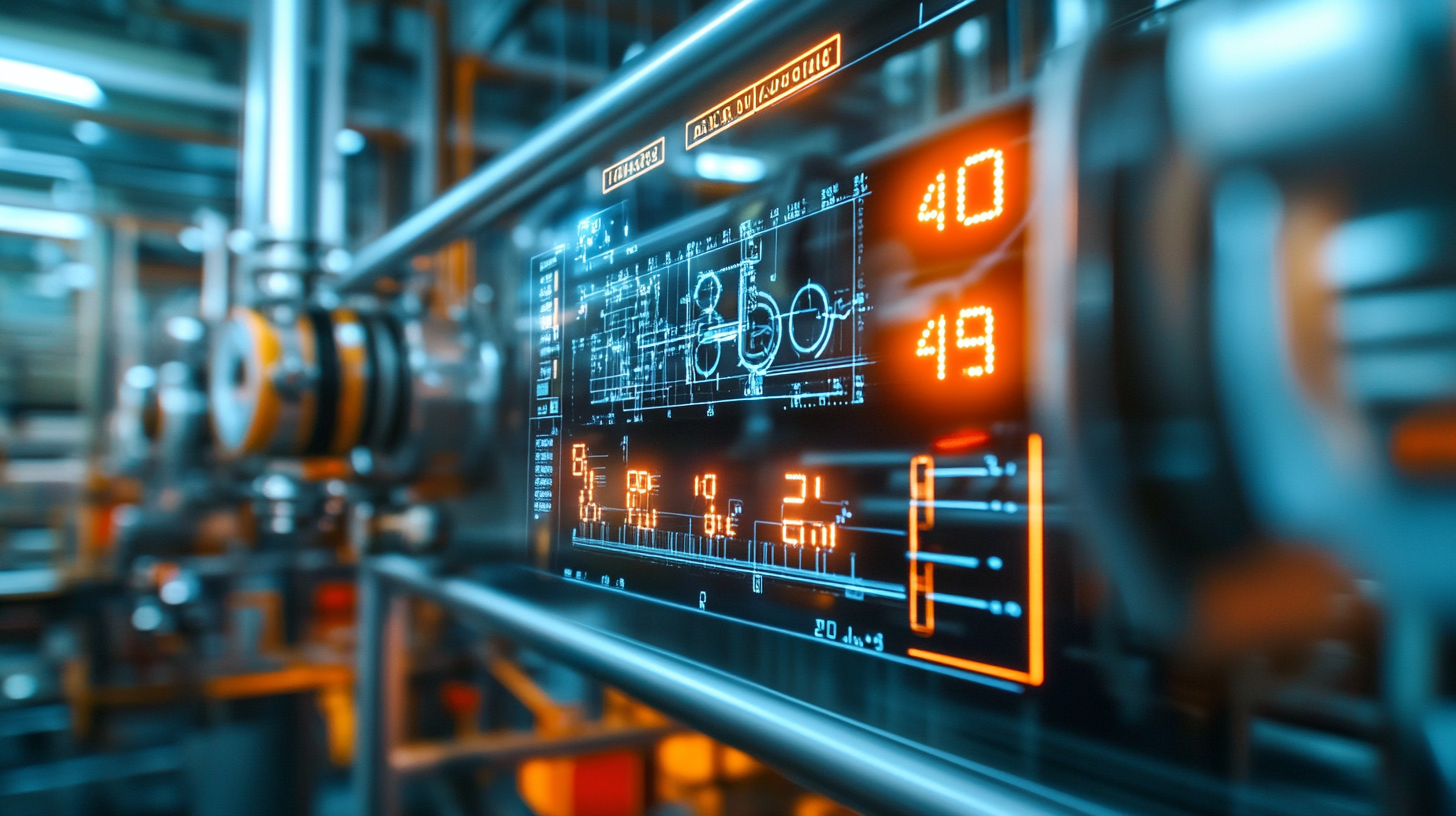Introduction
LED numeric displays are widely used in industrial equipment to provide real-time data visualization, operational status updates, and process monitoring. These displays offer high brightness, durability, and energy efficiency, making them ideal for harsh industrial environments where clear visibility is crucial. From machine control panels to temperature and pressure monitors, LED numeric displays play an essential role in improving efficiency, accuracy, and safety in industrial settings.

1. Why LED Numeric Displays Are Essential in Industrial Equipment
LED numeric displays offer several advantages that make them a preferred choice for industrial applications:
✔ High Visibility – Bright, clear digits ensure readability in low-light or high-glare environments.
✔ Durability – Resistant to vibrations, dust, and temperature fluctuations, ensuring long-term reliability.
✔ Energy Efficiency – Consumes less power than traditional displays, reducing operational costs.
✔ Fast Response Time – Provides instant updates, making them ideal for real-time monitoring.
✔ Compact and Versatile – Available in various sizes and configurations to suit different industrial applications.
2. Key Industrial Applications of LED Numeric Displays
2.1 Process Control and Monitoring
✔ Temperature and Pressure Displays – Used in boilers, HVAC systems, and industrial ovens to show precise readings.
✔ Flow Meters – Displays fluid or gas flow rates in pumps and pipelines.
✔ Voltage and Current Meters – Monitors electrical systems in factories and power plants.
2.2 Production Line and Machinery Displays
✔ Counters and Timers – Tracks cycle counts, production speeds, and downtime in automated manufacturing lines.
✔ RPM and Speed Indicators – Displays motor or conveyor speed readings for optimal performance.
✔ Error and Warning Alerts – Shows numeric error codes for quick troubleshooting.
2.3 Weighing and Measurement Systems
✔ Industrial Weighing Scales – Used in logistics, agriculture, and food processing for accurate weight readings.
✔ Load Indicators – Displays load weight in cranes, lifts, and material handling systems.
2.4 Logistics and Inventory Management
✔ Digital Shelf Displays – Shows stock levels, part numbers, or product IDs in warehouses.
✔ Dock and Bay Numbering – Helps with vehicle and shipment tracking in distribution centers.
2.5 Safety and Environmental Monitoring
✔ Gas and Air Quality Monitors – Displays concentration levels of gases like CO₂, O₂, or hazardous chemicals.
✔ Noise Level Meters – Shows decibel levels to ensure compliance with workplace safety regulations.
2.6 Time and Scheduling Systems
✔ Industrial Clocks and Timers – Provides shift timing, countdowns, and process scheduling.
✔ Workstation Timers – Helps workers track task durations for efficiency and productivity.
3. Choosing the Right LED Numeric Display for Industrial Use
When selecting an LED numeric display for industrial applications, consider the following factors:
3.1 Display Size and Brightness
✔ Ensure visibility from required distances.
✔ High-brightness displays for outdoor or high-glare environments.
3.2 Environmental Resistance
✔ IP-rated waterproof and dustproof displays for harsh conditions.
✔ Vibration-resistant units for heavy machinery applications.
3.3 Power Efficiency and Compatibility
✔ Low power consumption for energy savings.
✔ Compatibility with industrial communication protocols like Modbus or RS-485.
3.4 Customization and Connectivity
✔ Multi-line or multi-color displays for enhanced data presentation.
✔ Wireless or IoT-enabled displays for smart factory integration.
Conclusion
LED numeric displays are an integral part of industrial equipment, providing critical real-time information that enhances efficiency, safety, and operational control. Whether used for process monitoring, machine operation, safety alerts, or logistics management, these displays offer high visibility, durability, and reliability in demanding industrial environments. As industries continue to evolve, smart, connected LED numeric displays will play an even greater role in automation and digital transformation.